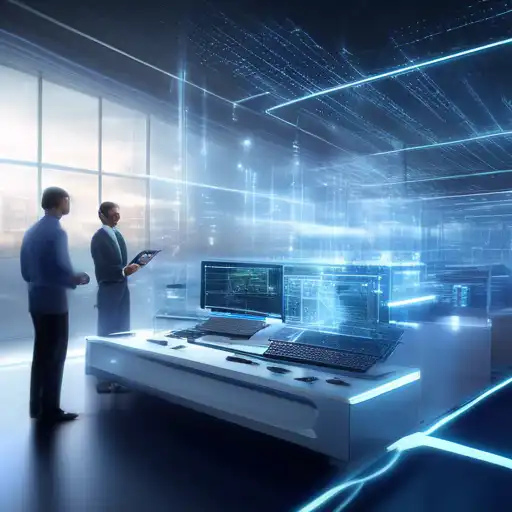Introduction to Edge Computing
In the digital age, speed and efficiency are paramount. Edge computing emerges as a groundbreaking technology that processes data closer to the source, significantly reducing latency and bandwidth use. This article delves into how edge computing is transforming data processing, making it faster and more efficient than ever before.
What is Edge Computing?
Edge computing is a distributed computing paradigm that brings computation and data storage closer to the location where it is needed, to improve response times and save bandwidth. Unlike traditional cloud computing, which relies on centralized data centers, edge computing processes data at the edge of the network, near the source of the data.
Benefits of Edge Computing
The advantages of edge computing are manifold. Here are some key benefits:
- Reduced Latency: By processing data closer to the source, edge computing minimizes the delay in data transmission.
- Bandwidth Savings: It reduces the amount of data that needs to be sent to the cloud, saving bandwidth.
- Enhanced Privacy and Security: Local data processing can enhance privacy and security by keeping sensitive information closer to its source.
- Improved Reliability: Edge computing can operate reliably even with intermittent connectivity to the central cloud.
Edge Computing vs. Cloud Computing
While both edge computing and cloud computing play pivotal roles in the modern IT landscape, they serve different purposes. Cloud computing is ideal for processing large volumes of data that require significant computational power, whereas edge computing is tailored for real-time, localized data processing needs. Together, they form a cohesive ecosystem that supports the vast demands of today's digital world.
Applications of Edge Computing
Edge computing finds applications across various industries. Some notable examples include:
- Internet of Things (IoT): Edge computing is crucial for IoT devices, enabling them to process data on-site for immediate action.
- Autonomous Vehicles: Self-driving cars rely on edge computing to process vast amounts of sensor data in real-time.
- Smart Cities: From traffic management to public safety, edge computing helps smart cities operate more efficiently.
- Healthcare: Wearable devices use edge computing to monitor patient health metrics without constant cloud connectivity.
Challenges and Considerations
Despite its benefits, edge computing comes with its own set of challenges. These include the need for robust security measures, the complexity of managing distributed systems, and the initial cost of deployment. However, with continuous advancements in technology, these challenges are being progressively addressed.
The Future of Edge Computing
As the demand for real-time processing grows, edge computing is set to play an even more significant role in the future. With the advent of 5G technology, the potential for edge computing expands, offering unprecedented speeds and connectivity. The integration of edge computing with AI and machine learning further opens new avenues for innovation.
Edge computing is not just a trend; it's a transformative shift in how we process and manage data. By bringing computation closer to the source, it offers a faster, more efficient, and secure way to handle the ever-increasing data demands of the modern world.
